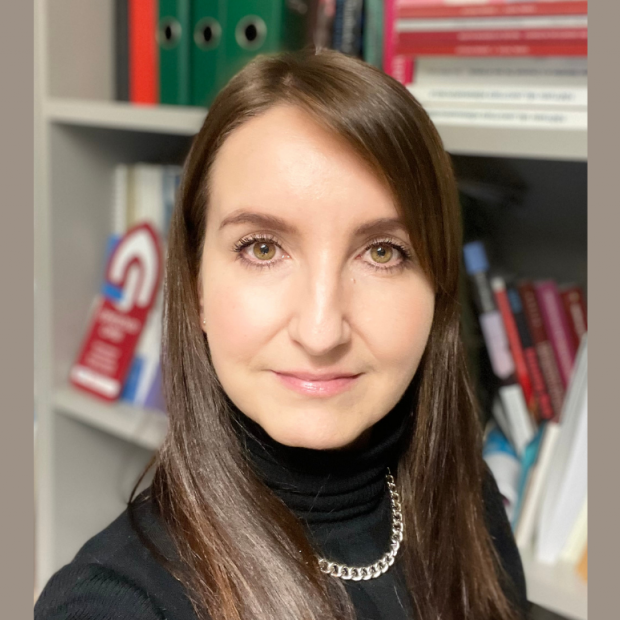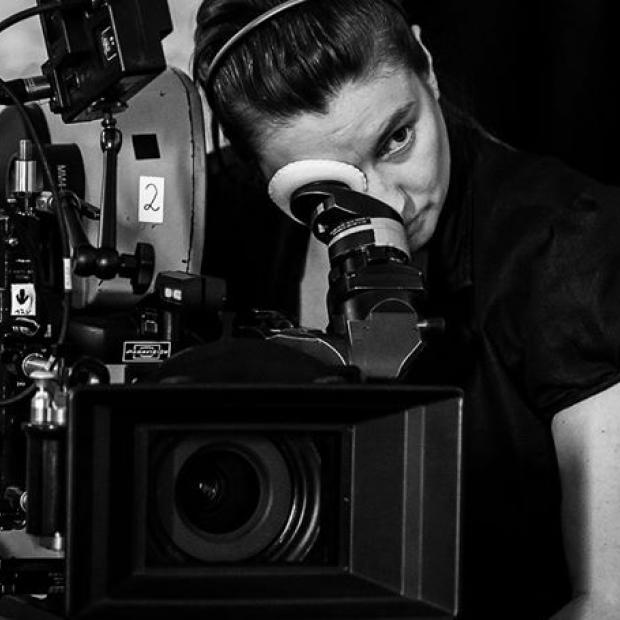Research on plasma irradiated materials gives new knowledge about material damage
Doctoral student at Tallinn University School of Natural Sciences and Health will defend her thesis entitled “Generation and Development of Damage of Plasma Irradiated Tungsten Materials Due to Synergistic Effects” on 10 September 2021, starting at 13.00.

Thermonuclear reactors are one of the possible ways to solve the global energy crisis. The energy is produced by combining hydrogen isotopes and even though the temperature on the walls of plasma chambers should be below 1000 °C in normal conditions, in some cases it can reach values higher than tungsten’s melting temperature (3400 °C). Tallinn University doctoral student Jana Paju investigated how plasma irradiation damages materials and how the damage evolves. Hopefully, using electrical conductivity as a method for analysis will enable to predict long-term accumulation of damage.
During the research destructive and non-destructive methods were used. The goal was to find the overlaps and shortcomings of these analytical methods. On the other hand, the focus was also on whether and how rare but extreme events can affect the behaviour of material compared to regular conditions.
“The research proved that the synergistic effects of irradiation emerge even in case of mild secondary irradiation,” said Paju. “It was the first time the damage in plasma irradiated materials was analysed using electrical conductivity and it enabled to describe the levels of damage that cannot be described using other methods.”
In addition to melting, erosion of the melted material and vaporization, the variation of cold and hot temperatures between irradiation cycles damages the surface of the samples, as thermal expansion cracking of the surface. But the extension of the surface damage does not always give adequate information on the extension of actual material damage, as internal damage caused by mechanical plasma shockwaves can remain hidden. The research has showed that although different irradiation cycles cause similar damage on the surface, , the physical properties inside the material varied greatly.
The most important part of the research was the comparison of the used analytical methods. The research concluded that the electrical conductivity analysis, which has not been used on plasma irradiated samples before in this way, enables the comparison of irradiated samples. Another conclusion was that inside the objects, at a depth where the damage is invisible from the images obtained from a scanning electron microscope, the electrical conductivity had also reduced, similarly to the material’s microhardness. The knowledge of this correlation allows the materials to be researched without destroying them.
The public defence takes place in auditorium M648 at Tallinn University.
The defence can also be viewed via Zoom.
The dissertation was supervised by Professor Tõnu Laas from Tallinn University.
The opponents are Tallinn Technical University professor Fjodor Sergejev and University of Tartu co-professor Indrek Jõgi.
The doctoral thesis is available in the ETERA digital environment of the Tallinn University Academic Library.




